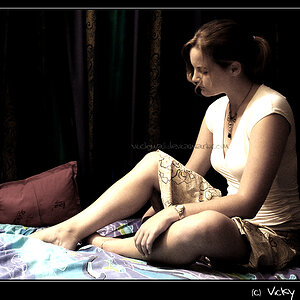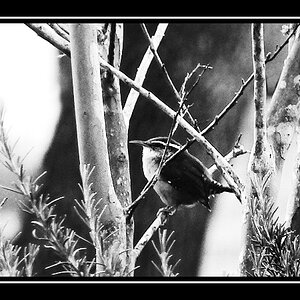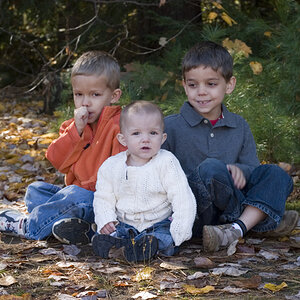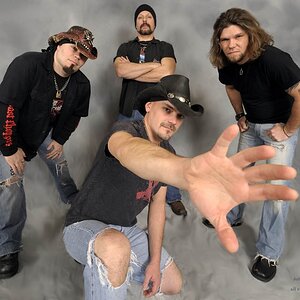Tighearnach
TPF Noob!
- Joined
- Oct 26, 2007
- Messages
- 224
- Reaction score
- 0
- Website
- www.flickr.com
- Can others edit my Photos
- Photos OK to edit
I have heard that the Canon 100 f/2.8 works as a great portrait lens although with a crop sensor you would need to be standing well back for many shots. But your 18-5o would help out there when indoors etc. There is also the canon 60mm macro to consider.





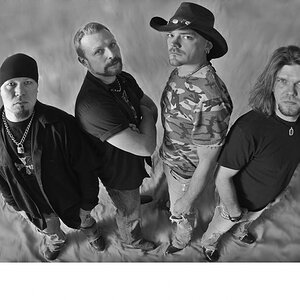
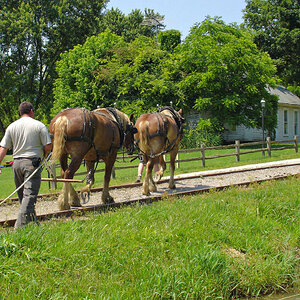
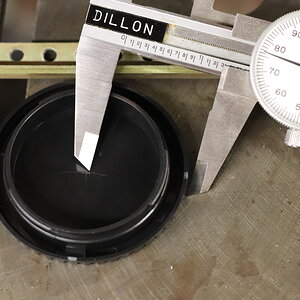

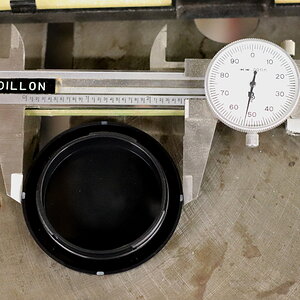
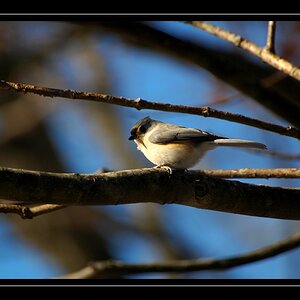
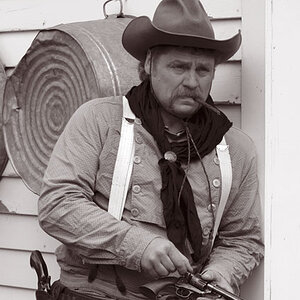
![[No title]](/data/xfmg/thumbnail/42/42275-2ca41f93a172e2e510afb46912a2bb61.jpg?1619740084)
